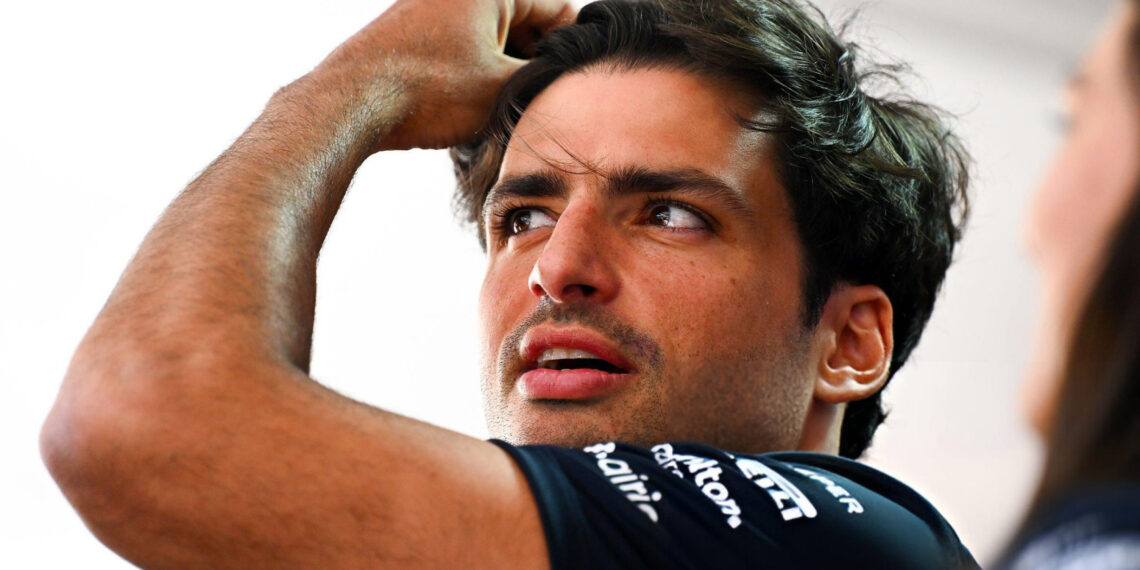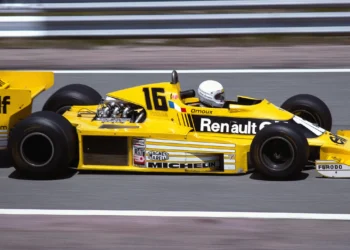Pirelli Revolutionizes F1’s Wet Tyres: A Game Changer for Racing
Pirelli, the renowned tire manufacturer for Formula 1, is on a mission to overhaul the underutilized wet tyres in the world of racing. These distinctive blue-sidewalled wet tyres have the capacity to displace a staggering 85 liters of water per second at high-speeds, a feat that is rarely witnessed on the F1 track. The rarity of wet conditions during races often renders these specialized tyres ineffective, causing races to halt due to excessive water spray.
In recent years, instances like the 2021 Belgian Grand Prix and the Sao Paulo race saw drivers opting to cautiously navigate the track on intermediate tyres rather than risk losing track position by switching to the wet tyres. Pirelli is determined to enhance the wet tyre’s performance to align it more closely with the intermediate tyres for the upcoming all-new F1 cars in 2026. Presently, the wet tyres tend to overheat and degrade rapidly, making them suitable only for extreme conditions that necessitate a red flag.
Mario Isola, Pirelli’s motorsport manager, expressed optimism about the upcoming changes, emphasizing the need to make the extreme wet tyres more versatile and race-worthy. The recent test conducted at Ferrari’s Fiorano circuit focused on validating the wet and intermediate compounds for 2026, with drivers Charles Leclerc and Zhou Guanyu providing crucial feedback using a ‘mule car’ to simulate the forthcoming car’s performance.
The challenge lies in determining the ideal ‘crossover point’ where one tyre type becomes more advantageous than another in changing weather conditions. Pirelli aims to refine this point to ensure a seamless transition between wet and intermediate tyres, aiming for a crossover around 116% or even 115% of the dry-weather lap time.
The tire manufacturer introduced a new wet tyre specification for this season, incorporating a less thermally sensitive compound and a redesigned tread pattern to minimize movement under lateral load. However, due to the lack of pre-season testing, the new tyre fell short of Pirelli’s target crossover point of 116%, settling instead at around 118%.
As F1 enthusiasts eagerly anticipate the evolution of wet tyres for the 2026 season, Pirelli’s commitment to enhancing performance and adaptability is poised to revolutionize the dynamics of wet weather racing in the world of Formula 1.










